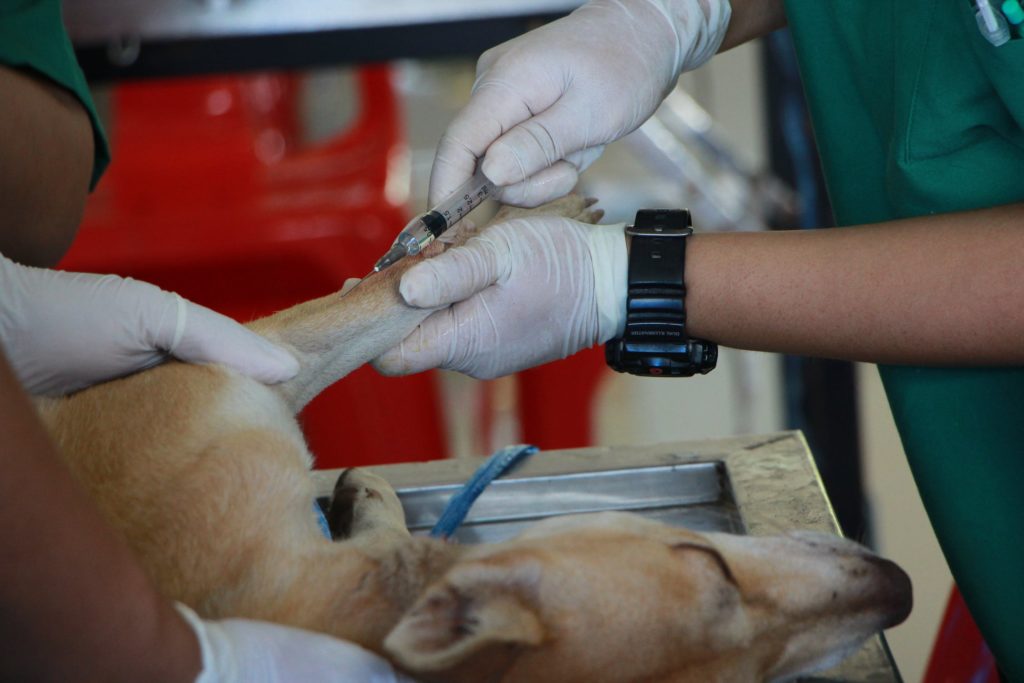What Is a Relief Veterinarian?
Not all veterinarians work regular hours at a single clinic. There are relief veterinarians, for instance, who provide on-demand veterinary services. If a veterinary clinic needs help, for instance, it may contact a relief veterinarian. Relief veterinarians don’t work regular hours but, instead, offer on-demand services to clinics with which they are partnered. To learn more about relief veterinarians and how they are reshaping the veterinary industry, keep reading.
Overview of Relief Veterinarians
A relief veterinarian is a veterinarian who provides on-demand services for veterinary clinics. Like all veterinarians, they are responsible for diagnosing and treating diseases, medical conditions and physical injuries in animals. The difference is that relief veterinarians typically work only when they are needed.
Most veterinarians work regular hours at a single clinic. Relief veterinarians, on the other hand, work only when they are needed. Maybe the clinic’s primary veterinarian is on vacation, or perhaps the veterinarian is on maternity leave. Veterinarians can’t work 24 hours a day, seven days a week, so clinics often rely on the assistance of relief veterinarians. When the clinic’s primary veterinarian isn’t available, a relief veterinarian may step up to temporarily fill his or her shoes.
Responsibilities and Duties of Relief Veterinarians
You might be wondering what responsibilities and duties relief veterinarians have. Relief veterinarians are essentially on-demand veterinarians, so they share many of the same responsibilities and duties. With that said, relief veterinarians must be willing to adjust their schedule on the fly. When a clinic calls a relief veterinarian, he or she should quickly respond to provide their services.
Some of the most common responsibilities and duties of relief veterinarians include the following:
- Provide high-quality veterinary treatment to the clinic’s animals
- Perform vaccinations
- Offer personalized advice to the clinic’s clients
- Operate x-ray machines and other high-tech medical equipment
- Prescribe medication
- Perform emergency and non-emergency surgery
- Diagnose diseases and medical conditions in animals
- Offer a flexible working schedule that includes nights and weekends
- Respond to phone calls, emails and other communication messages from veterinary clinics in a timely manner
Salary for Relief Veterinarians
Relief veterinarians get paid pretty well. Research shows the median salary for relief veterinarians in the United States is over $126,000 per year. Relief veterinarians provide essential services when a clinic’s primary veterinarian is unavailable. And because they are needed by clinics, relief veterinarians get paid pretty well. If you’re looking for a high-paying and rewarding career in the veterinary industry, you may want to consider working as a relief veterinarian. The profession’s higher-than-average salary, though, is just one reason to consider relief veterinary work.

Benefits of Working as a Relief Veterinarian
As a relief veterinarian, you shouldn’t have trouble finding work. Research shows that over two in three U.S. households own a pet. While there are plenty of veterinary clinics throughout the country, they all require veterinarians to provide their services to clients and their pets. Relief veterinarians help to fill the shoes of a clinic’s veterinarian. If a client’s pet experiences a medical emergency and the clinic’s primary veterinarian isn’t available, a relief veterinarian will step up to the plate. The bottom line is that relief veterinarians are in high demand.
You’ll also work at multiple clinics as a relief veterinarian. Most veterinarians only work at a single clinic. While there’s nothing necessarily wrong with working at a single clinic, many veterinarians prefer a change of scenery on occasion. By working as a relief veterinarian, you won’t be tied to a down a single clinic. Rather, you’ll have the freedom to move around while working at multiple clinics.
Finally, there’s a sense of fulfillment and satisfaction that comes with this profession. Pet owners love and treat their pets like members of their family. If the clinic’s primary veterinarian is unavailable, a pet owner may become anxious, not knowing whether his or her pet will be treated. As a relief veterinarian, you can provide the same high-quality treatment as the clinic’s primary veterinarian to ease the owner’s worries.
Getting Started as a Relief Veterinarian
Assuming you’ve already earned a Doctor of Veterinary Medicine and have obtained your veterinary license, you can reach out to local veterinary clinics in your area to see if they need help. The clinics may then send you an application to complete. Upon receiving your application, the clinics may contact you if and when they need your veterinary services.
In Conclusion
Relief veterinarians are just like regular veterinarians — they help diagnose and treat diseases, medical conditions and physical injuries in animals. They are called “relief” veterinarians, however, because they provide on-demand services while temporarily relieving full-time veterinarians. Relief veterinarians only work when needed at clinics, whereas full-time veterinarians work on a regular and fixed schedule, regardless of whether they are needed at the time.

